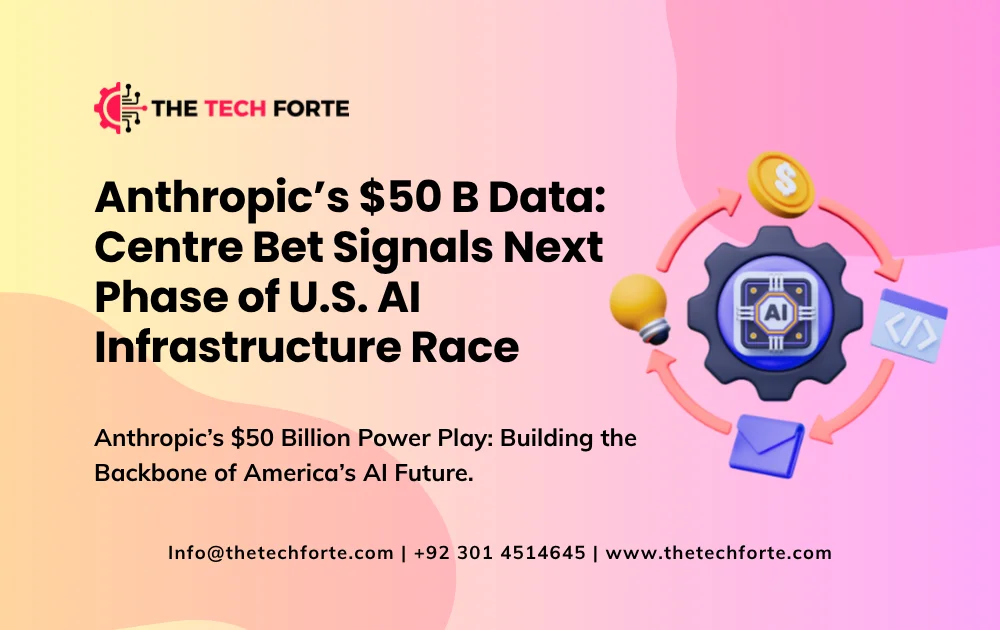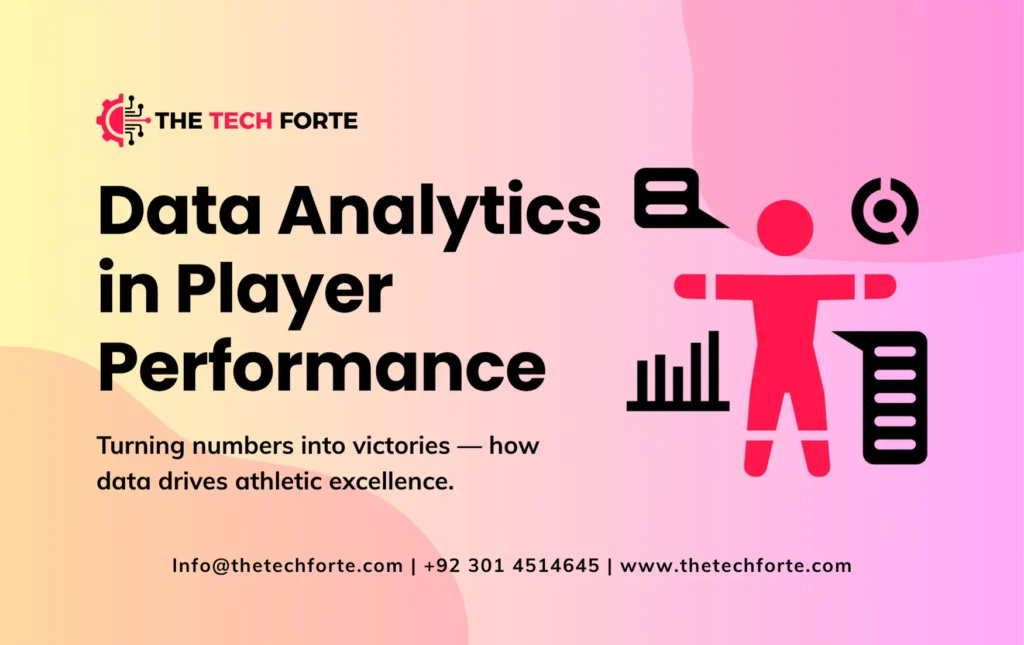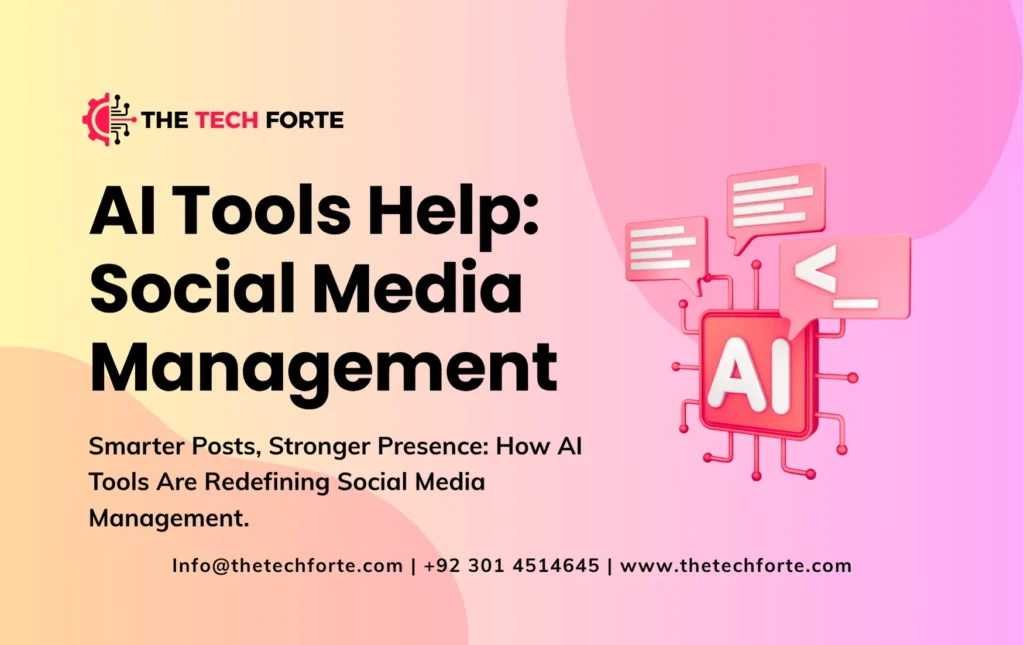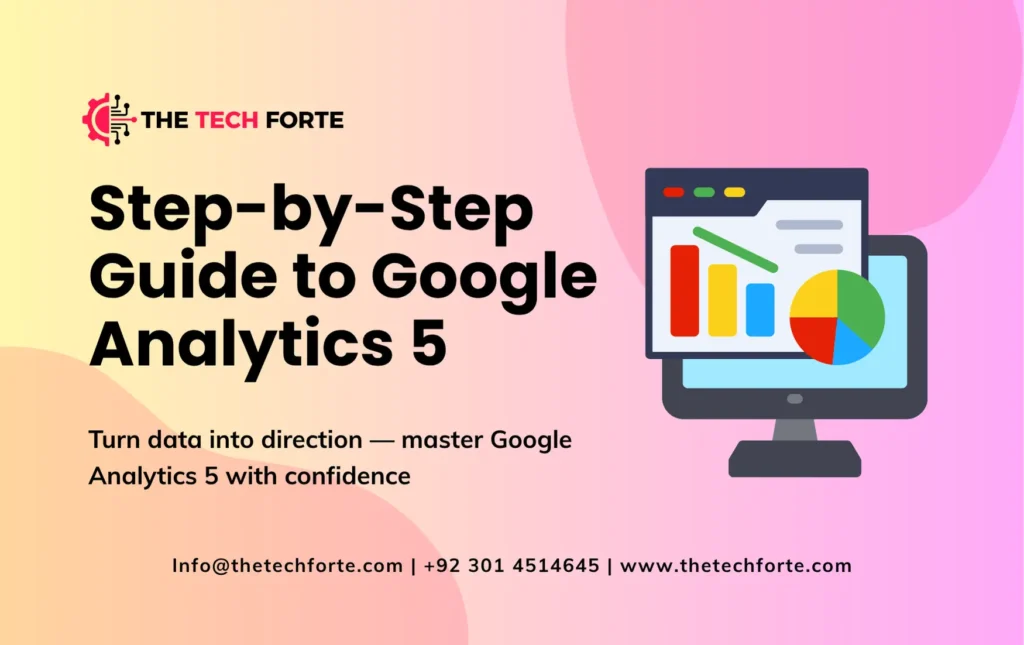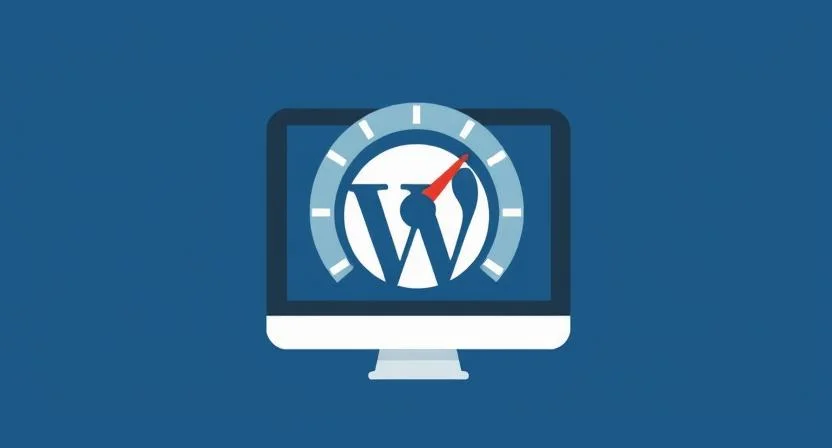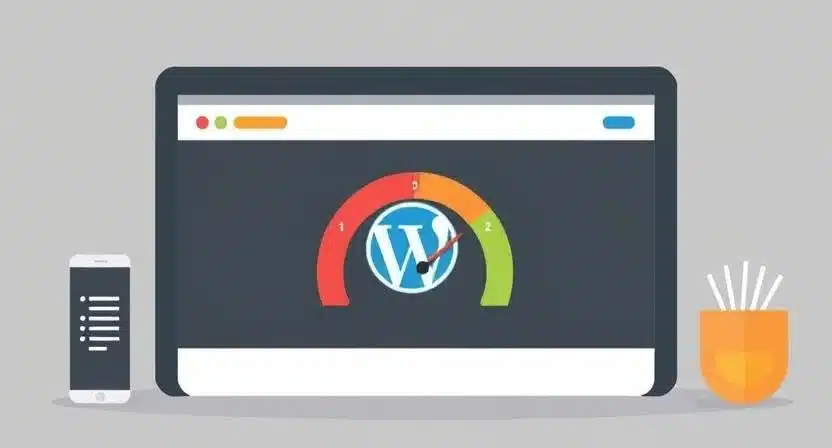The Role of Data Analytics in Player Performance

In today’s competitive sports environment, data analytics in player performance has become the cornerstone of success. Coaches, analysts, and athletes now rely on data science in sports performance to measure, monitor, and enhance every aspect of play. From wearable devices tracking real-time movement to AI-driven insights predicting injuries, sports performance analytics are reshaping the way athletes train, recover, and compete.
Gone are the days of intuition-based coaching. With performance metrics and sports data visualization, decisions are guided by hard numbers, transforming raw data into winning strategies. This shift toward data-driven performance in athletes isn’t just changing outcomes — it’s redefining what’s possible in modern sports.
Read More: Top Sports Apps Every Fan Should Use in 2025
Understanding the Role of Data Analytics in Sports
The role of data analytics in sports extends far beyond simple statistics. It involves collecting, processing, and interpreting complex datasets from training sessions, games, and physiological sensors. Coaches use performance monitoring tools for athletes to track heart rate, fatigue levels, sprint speeds, and workload.
These insights are crucial in fine-tuning player performance analysis and predicting performance dips before they occur. With tools powered by AI in sports analytics, every pass, sprint, and movement can be quantified to reveal actionable insights. This allows teams to base strategies not on assumptions, but on facts supported by thousands of data points.
The Science Behind Sports Performance Analytics
Sports performance analytics combines the power of big data in sports, machine learning models, and biomechanical data analysis. Using these tools, analysts can identify performance trends that humans alone would miss.
For instance, motion capture and sensor technology in athlete tracking provide details about joint angles, running cadence, and muscle load. These metrics become part of performance metrics and KPIs in sports, which coaches evaluate after every match or training cycle. The use of data visualization dashboards for coaches helps translate complex analytics into simple visuals that guide real-world actions.
Data Collection: Where the Numbers Come From
Every piece of data in sports starts with collection — through wearable technology in sports, cameras, and IoT in sports performance tracking devices. These wearables and athlete monitoring software track key metrics like acceleration, distance, and heart rate variability.
Smart stadiums and sports data management systems collect this information in real-time. For example, Catapult and STATSports use wearable athlete tracking tech to deliver live performance metrics. This data is transmitted wirelessly to real-time data analytics in sports platforms where coaches can make in-the-moment decisions about substitution, load, or formation adjustments.
Wearable Devices and Data Tracking for Athletes
The introduction of wearable devices and data tracking for athletes has revolutionized both training and competition. Smart vests, GPS trackers, and motion sensors measure thousands of data points every second.
These technologies give coaches visibility into athlete performance, energy expenditure, and biomechanical efficiency. They help detect fatigue or overtraining before it becomes an injury. For players, this personalized feedback loop encourages self-awareness and fosters accountability — the foundation of data-driven coaching strategies.
How Coaches Use Data Analytics to Enhance Player Skills
Today’s coaches are equal parts strategists and data scientists. They use data-driven decision-making in sports management to identify technical weaknesses, optimize tactics, and design personalized training.
For example, by studying player mapping and spatial analytics, coaches can visualize heat maps that reveal where players spend most of their time on the field. Combining this with performance metrics helps refine positioning and teamwork. With data-driven coaching strategies, feedback is more precise, progress is more measurable, and results are more predictable.
AI in Sports Analytics: From Prediction to Precision
AI in sports analytics has introduced predictive capabilities that were once unthinkable. Through predictive analytics for injury prevention in sports, algorithms can forecast when an athlete is at risk of injury based on historical and live data.
AI also powers performance monitoring tools for athletes, which analyze hundreds of variables simultaneously. Systems like IBM Watson and Catapult’s AI modules are examples of how AI in sports creates smarter, faster insights. In essence, machine learning models for athlete performance help coaches turn gigabytes of raw data into precise recommendations for training and recovery.
Data Analytics in Sport Management and Operations
The influence of analytics isn’t limited to the field. Data analytics in sport management plays a pivotal role in team operations, marketing, and fan engagement. Teams now use fan engagement analytics to design more personalized experiences, while managers rely on sports data-driven decision-making to improve financial and ticketing strategies.
Additionally, predictive analytics in sports management assists in player transfers, sponsorship analysis, and resource allocation — optimizing both performance and profitability.
Read More: How Technology Helps Prevent Sports Injuries
Real-Time Sports Dashboards: Insight at the Speed of Play
Modern teams use real-time sports dashboards to visualize data during live events. These platforms display metrics such as running distance, heart rate, and team formation in real-time, giving analysts immediate insight into player fatigue or tactical adjustments.
With real-time data analytics in sports, coaching teams can adapt strategies on the fly. This ability to make instant, data-backed decisions provides a major competitive advantage — one that separates top-tier teams from the rest.
Applications of Sports Analytics Across Disciplines
The applications of data analytics in sports are nearly endless. In football and cricket, the role of data analytics in football and cricket performance includes tracking ball trajectories and predicting shot success rates.
In tennis and basketball, data systems evaluate swing efficiency, shot placement, or player workload. Even in eSports, performance metrics and KPIs in sports are used to optimize reaction times and strategy. Across all disciplines, the common denominator remains the same — data-driven performance in athletes fuels measurable improvement.
Predictive Models and Injury Prevention
One of the most powerful uses of sports performance analytics is predictive models for injury prevention. These models analyze training intensity, sleep quality, recovery rates, and movement patterns to identify risk factors.
Athletes flagged by these systems can receive personalized training modifications or rest days, reducing injury rates dramatically. This approach saves teams millions and extends athletic careers — a true reflection of analytics-based sports performance optimization.
Data Visualization and Communication
Effective use of analytics depends on how well it’s communicated. Data visualization dashboards for coaches convert raw metrics into intuitive visuals like radar charts, load graphs, and performance trends.
These dashboards empower coaches to make faster, evidence-based decisions without needing technical expertise. When data is clear and visual, it drives actionable insights — closing the loop between analysis and execution.
Cognitive and Physiological Data: Beyond the Physical
Modern analytics extends beyond muscles and motion. Cognitive data and athlete mindset analysis studies mental readiness, decision-making under pressure, and emotional balance.
When combined with physiological data monitoring, teams can predict how stress or fatigue affects concentration. By integrating both physical and mental analytics, coaches gain a more holistic view of player performance analysis, enabling smarter recovery and training protocols.
Big Data and Sports Recruiting
Data analytics in sports recruiting uses big data to identify and evaluate talent. Scouting departments use sports data management systems to assess potential players’ consistency, injury history, and performance KPIs.
With data accuracy processes in sports analytics, recruiters can compare athletes across different leagues and age groups with objectivity. This data-first approach has redefined how teams recruit, ensuring investments are made with evidence — not intuition.
Data Analytics Careers and Future Growth
As sports analytics careers expand, universities are offering specialized degrees in data analytics in sport and sport data analyst careers. Professionals with backgrounds in programming, statistics, and physiology are in high demand.
With the rise of AI in sports leagues, analysts are becoming integral to every professional team’s ecosystem. The future promises hybrid roles combining science, sport, and storytelling — making analytics one of the fastest-growing career fields in sports management.
Future Trends in Sports Analytics
The next phase of the future of data analytics in sports performance management will merge AI, IoT, and neural network-driven analysis. Expect to see wearable technology in sports become even smaller and smarter, integrating biometric, cognitive, and emotional data.
Cloud-based sports data visualization platforms will use real-time tracking and feedback in training to enable adaptive, on-the-go performance coaching. As algorithms evolve, data-driven coaching strategies will become hyper-personalized — turning analytics into an invisible teammate.
Frequently Asked Questions (FAQs)
How does data analytics improve player performance?
By tracking training loads, speed, and physiological markers, analytics helps coaches tailor sessions, reduce injury risks, and enhance performance outcomes.
What tools are used in sports performance analytics?
Common tools include wearables (like Catapult and STATSports), video analysis platforms, AI dashboards, and cloud-based visualization software for sports data insights.
How is AI used in sports analytics?
AI models predict injuries, analyze tactics, and automate data interpretation, allowing coaches to focus on strategy and player development.
How do teams ensure data accuracy?
Teams follow data accuracy processes in sports analytics, using validated devices and calibration protocols to ensure reliable performance metrics.
What is the future of data analytics in sports?
The future involves greater AI integration, real-time decision-making, and data-driven performance in athletes supported by cognitive, physical, and emotional analytics.
Conclusion: The Winning Edge Lies in Data – Data Analytics in Player Performance
The integration of data analytics in player performance has redefined how athletes train, compete, and evolve. Whether it’s predictive analytics in sports management, AI in sports, or data-driven coaching strategies, every innovation moves the industry closer to precision performance.
Sports analytics is not about replacing human intuition — it’s about enhancing it with data-backed clarity. As technology and sports science converge, the line between data and destiny grows thinner. The teams that learn to master their data today will own the future of competition tomorrow.








